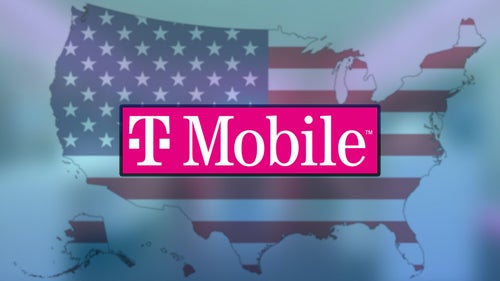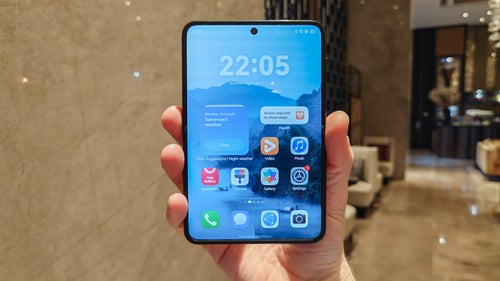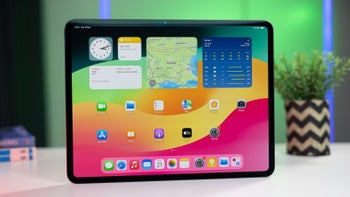Google Translate now connects you to 8% more of the planet as it just learned 110 new languages

Since its launch in 2006, Google Translate has been breaking down language barriers, helping people connect and understand the world better. With advancements in technology, Google has steadily expanded its language repertoire. Now, as AI takes the spotlight in tech, Google is using it to diversify the languages available on Google Translate even further.
The tech giant is introducing 110 new languages to Google Translate, marking its largest expansion to date. This feat is made possible by its PaLM 2 large language model, which Google credits as crucial in enabling Translate to effectively learn closely related languages. This includes languages such as Awadhi and Marwadi, closely related to Hindi, as well as French creoles like Seychellois Creole and Mauritian Creole.

From Cantonese to Qʼeqchiʼ, the latest languages added to Google Translate now serve over 614 million individuals globally, opening up translations for about 8% of the world's population. These include major languages with millions of speakers, languages used by small Indigenous groups, and some with few native speakers but ongoing efforts to preserve and promote them.
Here are a few of the languages recently added to Google Translate:
I don’t know about you, but I only speak three languages, so I think tools like Google Translate are super handy. Thanks to them, we can connect with people from all over the world. I mean, no one can learn every language out there, right? But technology can, and that is one of the coolest things about it.
110 new languages are coming to Google Translate
The tech giant is introducing 110 new languages to Google Translate, marking its largest expansion to date. This feat is made possible by its PaLM 2 large language model, which Google credits as crucial in enabling Translate to effectively learn closely related languages. This includes languages such as Awadhi and Marwadi, closely related to Hindi, as well as French creoles like Seychellois Creole and Mauritian Creole.

Video credit – Google
As technology advances, and as we continue to partner with expert linguists and native speakers, we’ll support even more language varieties and spelling conventions over time.
– Isaac Caswell, Senior Software Engineer, Google Translate, June 2024
Roughly 25% of the new languages originate from Africa, marking Google's most extensive expansion of African languages to date. This includes Fon, Kikongo, Luo, Ga, Swati, Venda, and Wolof.
Here are a few of the languages recently added to Google Translate:
- Cantonese: a highly requested language for Google Translate for quite some time. However, Google says due to its overlap with Mandarin in writing, finding accurate data and training models can be challenging.
- Afar: a tonal language spoken across Djibouti, Eritrea, and Ethiopia, which stands out in this release for garnering the most support from volunteer contributors.
- Manx: the Celtic language of the Isle of Man, which nearly faced extinction after its last native speaker passed away in 1974. However, thanks to a revival movement across the island, the language has seen a resurgence, with thousands of speakers now keeping it alive.
- NKo: a standardized form of the West African Manding languages that brings together different dialects into a single language. Its unique alphabet was invented in 1949, and today, there is a vibrant community actively developing resources and technology for it.
- Punjabi (Shahmukhi): a version of Punjabi written in the Perso-Arabic script (Shahmukhi) is the most widely spoken language in Pakistan.
- Tamazight (Amazigh): a Berber language spoken across North Africa. Despite having many dialects, its written form is generally understood across different regions. It is written in both Latin and Tifinagh scripts, both supported by Google Translate.
- Tok Pisin: an English-based creole that serves as the lingua franca of Papua New Guinea.
I don’t know about you, but I only speak three languages, so I think tools like Google Translate are super handy. Thanks to them, we can connect with people from all over the world. I mean, no one can learn every language out there, right? But technology can, and that is one of the coolest things about it.










Things that are NOT allowed: